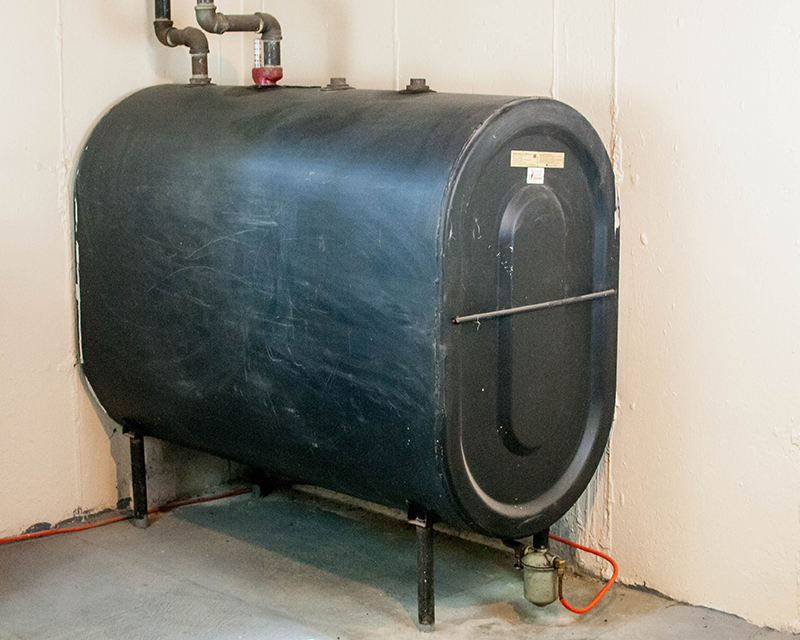People rarely think about their home’s oil tank however, ensuring that it is safe and functioning correctly is critical to the home’s infrastructure. The owner of the property is accountable to maintain and repair their heating system, along with the oil storage tank. Failure to maintain them can result in significant financial and environmental damage.

Knowing when to change an oil tank is one of the most crucial considerations in the field of maintenance. Although proper maintenance will prolong the lifespan of an oil storage tank, it is inevitable that all tanks must be replaced. Costs for replacing an old oil tank are based on various factors. These include the size, type, location and the difficulty of installation.
The cost of replacing the oil tank for 275-gallon tanks can range from $1500 to $3,600 based upon factors like those mentioned previously. It’s important to note that certain costs for installation such as permits, labor and the disposal of an old tank might not be included.
Costs for replacing the oil tank could be costly, but they are not as expensive considering the costs of neglecting the old tank. Leaks inside an oil tank can result in significant environmental damage, as well as fines, and legal responsibility for the property owner. In the winter, leaks in tanks can lead to loss of warmth which could be expensive and dangerous to repair.
To reduce these potential costs It is essential to be on top of routine maintenance and inspections of your oil tank. It’s important to conduct visual inspections at least once a year, cleaning and monitoring leaks. To avoid expensive repairs, it is recommended to fix any issues immediately after they are identified.
There are plenty of choices to consider in the event of replacing your oil tank. Underground and above-ground tanks are the most popular types. Above-ground tanks are more affordable, less difficult to install and more visually disruptive. Installing below-ground tanks is more costly, but they are more discrete in appearance.
In order to ensure the safety of your installation, it’s essential to select a company that is trustworthy and has experience in the field of replacement for oil tanks. The experts will make sure that the tank is set up correctly and will properly remove any harmful substances used in the installation.
In addition to regular maintenance and an appropriate installation, there are a few additional things that property owners could do to increase the life of their oil tank. These include:
1. The fact that your tank is full will stop the development of corrosion.
2. Quality fuel Quality gasoline will prevent the accumulation of sediment in the tank. This can lead to damage or blockages within the fuel lines.
3. Keep the area around the tank free of debris The act of keeping the space around the tank free of debris and vegetation can assist in preventing damage to the tank, and also make inspections and maintenance easier.
4. Examining for leaks regularly Monitoring for leaks on a regular basis can help identify issues earlier, before they become more costly and difficult to fix.
Any property owner who has an oil-fired heating system should think about replacing the oil tank. While the cost may vary according to a variety of aspects, neglecting the need of replacement could result in substantial environmental and financial harm. Regular maintenance, inspections and choosing an experienced and reliable installer will ensure a safe installation and reliable heating.
For more information, click how much does it cost to replace an oil tank